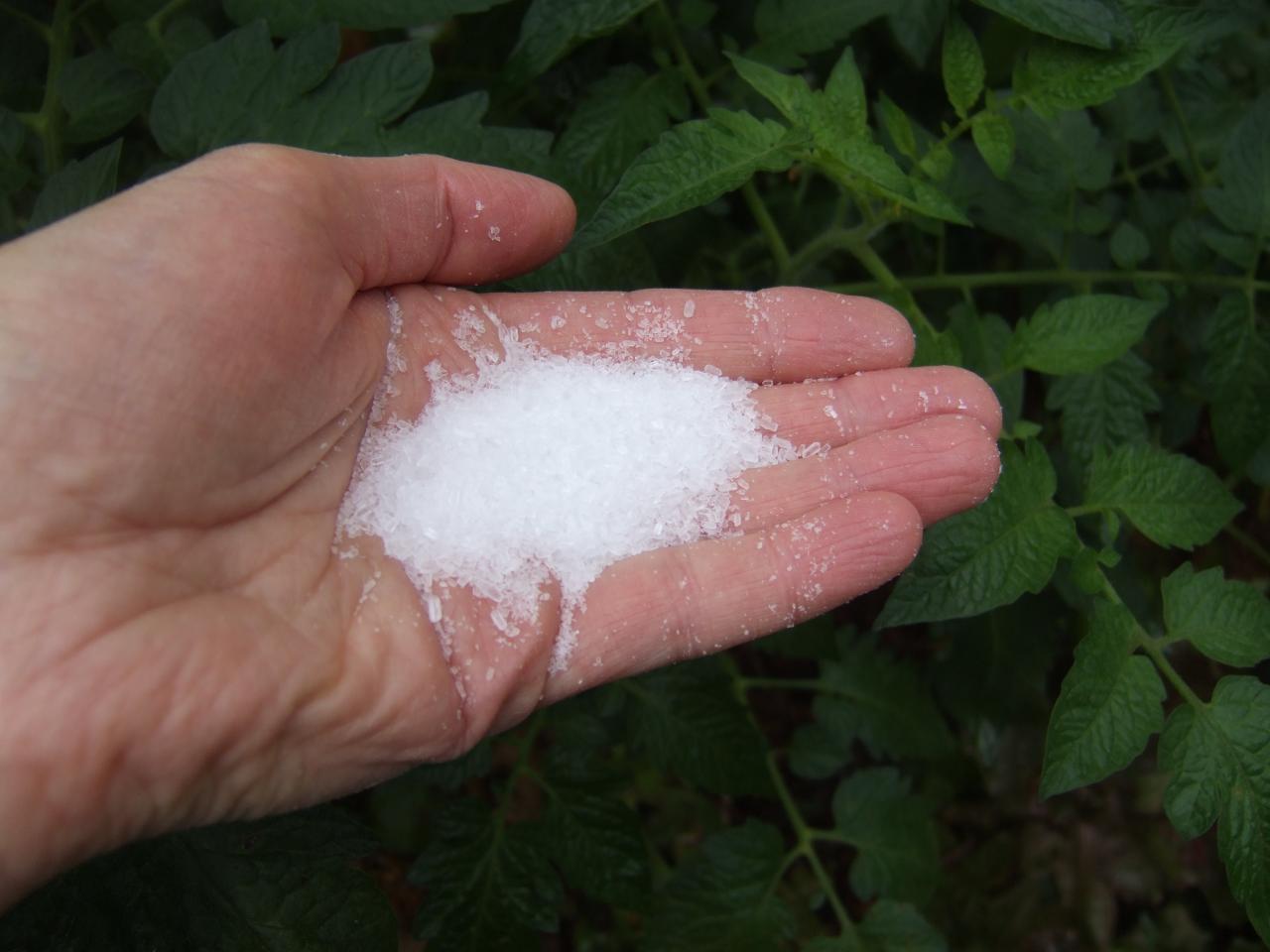Discover the Specific Plants That Are Negatively Influenced by Epsom Salt Application
Epsom salt, a popular household treatment for numerous horticulture problems, is commonly applauded for its valuable effects on plant growth. Nonetheless, not all plants react positively to its application. Understanding the particular plants that can be negatively impacted by Epsom salt is important for any type of garden enthusiast looking to optimize their plant treatment routine. Roses, tomatoes, peppers, rhododendrons, and azaleas are just a few examples of plants that may not react well to Epsom salt. The factors behind these adverse effects and how to reduce them are vital knowledge for maintaining a thriving garden.
Roses

Roses, especially conscious adjustments in their setting, can be negatively affected by the application of Epsom salt. While Epsom salt is typically used as a plant food to promote plant growth and improve blooming, roses are just one of the plants that do not respond well to its application. The high magnesium web content in Epsom salt can hinder the uptake of other crucial nutrients by the rose plants, causing deficiencies that show up as yellowing leaves or stunted development.
:max_bytes(150000):strip_icc()/GettyImages-1317990269-f9c37b77324f4095b1916657ff7b26fb.jpg)
Tomatoes
While Epsom salt is commonly promoted as a treatment for different plant issues, including blossom end rot in tomatoes, its application can lead to destructive end results if not utilized carefully. Extreme Epsom salt, which is magnesium sulfate, can disrupt the delicate nutrient equilibrium needed by tomatoes, potentially leading to shortages in various other necessary nutrients like calcium. When considering the use of Epsom salt on tomatoes, it is critical to stick to recommended application prices and dirt testing to protect against unexpected repercussions on the overall wellness and efficiency of these beloved yard plants.
Peppers
Peppers, prized for their different shades and degrees of spiciness, can demonstrate sensitivity to negative impacts from Epsom salt when not used with care and factor to consider for their certain nutritional needs. what plants don't like epsom salt. Peppers, belonging to the Solanaceae family members, need a delicate equilibrium of nutrients to thrive. While Epsom salt is known to improve magnesium levels in plants, too much application can disrupt this balance, resulting in damaging effects on pepper plants
When peppers are subjected to high degrees of magnesium from Epsom salt, it can disrupt the plant's capacity to take in various other essential nutrients like calcium and potassium. This imbalance may show up in signs such other as fallen leave discoloration, stunted growth, and reduced fruit production. In addition, the extreme magnesium can modify the soil pH, additional aggravating nutrient uptake concerns for peppers.

Rhododendrons
Given the sensitivity of specific plant types to inequalities triggered by Epsom salt, it is vital to take into consideration the influence on Rhododendrons, which also require particular nutrient levels to prosper. Rhododendrons are acid-loving plants that like acidic dirt problems with a pH array in between 4.5 and 6.0. Epsom salt, chemically referred to as magnesium sulfate, can alter the dirt pH and disrupt the delicate balance of nutrients vital for Rhododendron health and wellness.

To preserve the optimal growth and health of Rhododendrons, it is vital to prevent the indiscriminate use Epsom salt and rather focus on providing the particular acidic soil conditions and nutrients that these plants need for thriving.
Azaleas
These popular blooming plants are frequently located in parks, yards, and landscapes due to their beauty and convenience. While Epsom salt is commonly utilized as a remedy for magnesium deficiency in plants, its application to azaleas can have adverse results.
Azaleas choose somewhat acidic soil conditions, and an extra of magnesium from Epsom salt can interrupt this equilibrium, leading to nutrient weblink inequalities and possible poisoning concerns. The wrong application of Epsom salt can result in stunted development, visit homepage yellowing of leaves, and general decrease in the health and wellness of azaleas.
Verdict
Finally, it is crucial to be familiar with the specific plants that can be negatively affected by the application of Epsom salt. Roses, tomatoes, rhododendrons, peppers, and azaleas are some instances of plants that may not take advantage of Epsom salt and might even endure harm. It is vital to research and comprehend the demands of each plant species before using Epsom salt as a plant food to ensure their health and wellness and health.
Understanding the particular plants that can be detrimentally affected by Epsom salt is critical for any type of garden enthusiast looking to optimize their plant care regimen. While Epsom salt is generally used as a fertilizer to advertise plant growth and boost blooming, roses are one of the plants that do not respond well to its application.Excessive use of Epsom salt can likewise result in an accumulation of salts in the soil, leading to root damage and dehydration of the rose plants. While Epsom salt is known to increase magnesium levels in plants, extreme application can interrupt this stability, leading to adverse effects on pepper plants.
The high salt material in Epsom salt can also dehydrate Rhododendron roots, triggering additional anxiety and damages to the plant. (what plants don't like epsom salt)
Comments on “Epsom Salt in Gardening: What Plants Don't Like Epsom Salt and How to Readjust”